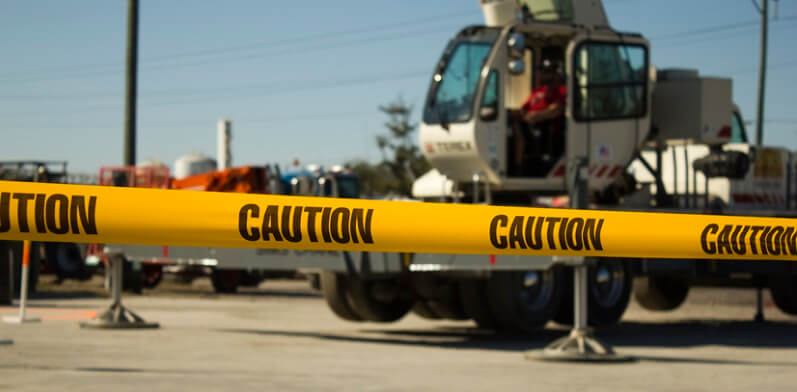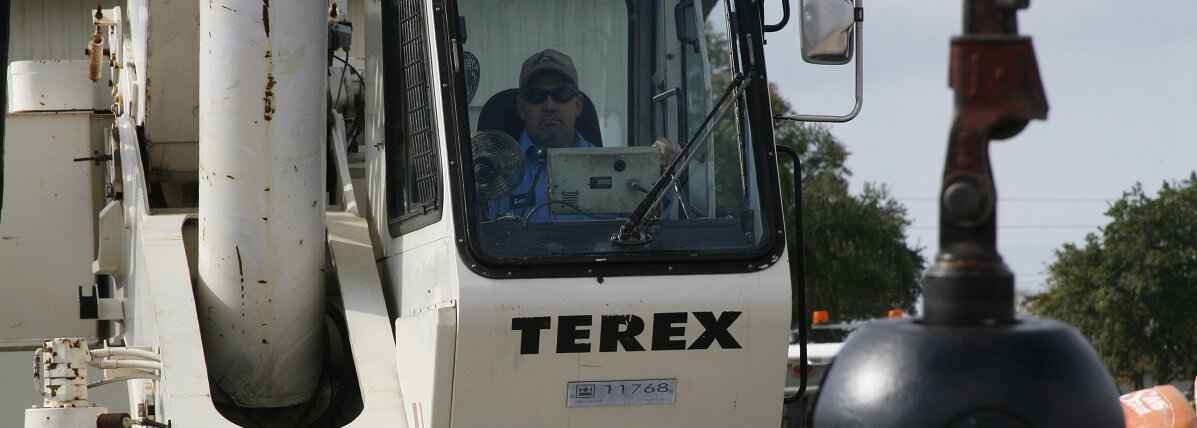Online Rigging and Signal Person Training is used as an Employer Audited Qualified Rigging and Signal Person Program, as well as NCCCO Certified Rigging Level 1 and 2 exam prep. By using this online rigging signal person program you will easily verify and validate the training in order to meet OSHA requirements. This course enables companies to administer an online Rigging Signal Person program by using the most up to date training with record keeping mechanisms in place. This Course takes approximately 6-8 hours to complete. Transcripts, Wallet Cards and Certificates are sent upon completion. Progress reports, easy to use dashboard and 24/7 Customer Support hotline are a part of the program! Operator Network provides the employer with a practical assessment guideline in order to very the users physical abilities.
To read more about how this course complies with OSHA click the fact sheet below:
cranes-qualified-rigger-factsheet
Who can be a qualified Rigger?
Employers must determine whether a person is qualified to perform specific rigging tasks. Each qualified rigger may have different credentials or experience. A qualified rigger is a person that:
• possesses a recognized degree, certificate, or professional standing, or
• has extensive knowledge, training, and experience, and
• can successfully demonstrate the ability to solve problems related to rigging loads.
The person designated as the qualified rigger must have the ability to properly rig the load for a particular job. It does not mean that a rigger must be qualified to do every type of rigging job. Each load that requires rigging has unique properties that can range from the simple to the complex. For example, a rigger may have extensive experience in rigging structural components and other equipment to support specific construction activities. Such experience may have been gained over many years. However, this experience does not automatically qualify the rigger to rig unstable, unusually heavy, or eccentric loads that may require a tandem lift, multiple-lifts, or use of custom rigging equipment. In essence, employers must make sure the person can do the rigging work needed for the exact types of loads and lifts for a particular job with the equipment and rigging that will be used for that job. 614.558.1793
Employers must use qualified riggers during hoisting activities for assembly and dis-assembly work (1926.1404(r)(1)). Additionally, qualified riggers are required whenever workers are within the fall zone and hooking, unhooking, or guiding a load, or doing the initial connection of a load to a component or structure (1926.1425(c)). Need questions answered? 614.558.1793
According to OSHA you do not need a third party assessor. Riggers do not have to be certified by an accredited organization or assessed by a third party. Employers may choose to use a third party entity to assess the qualifications of the rigger candidate, but they are not required to do so. Call us with any questions 614.558.1793
The learning sessions are as follows:
- Introduction to Rigging
-
Site Evaluation
-
Wire Rope
-
Rigging Equipment
-
Load Handling
-
Crane Dynamics
-
Signaling
-
Lift Plans
-
OSHA Regulations
- This course takes approximately 6-8 hrs to complete.
“Operator Network endorses the national certification program offered by the National Commission for the Certification of Crane Operators (NCCCO), and provides training to prepare candidates for NCCCO examinations.”
If you would like to know more about how to evaluate the Rigging practical assessment, please feel free to call or email us with questions.
Rigging principles are generally the same, regardless of the industry you are in. These rigging resources will help you and your crew be OSHA compliant, you will be up to speed with industry standards and regulations.







